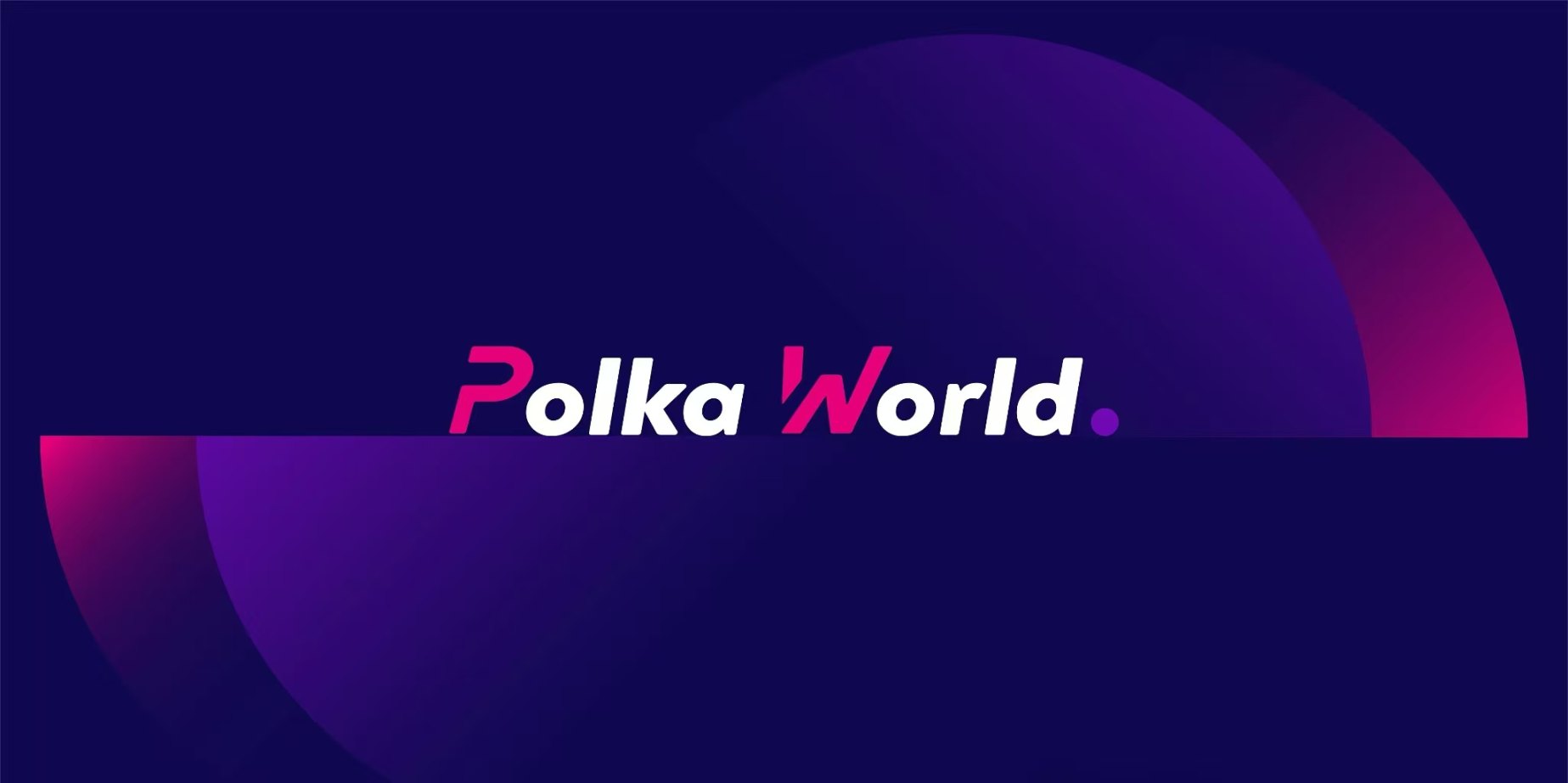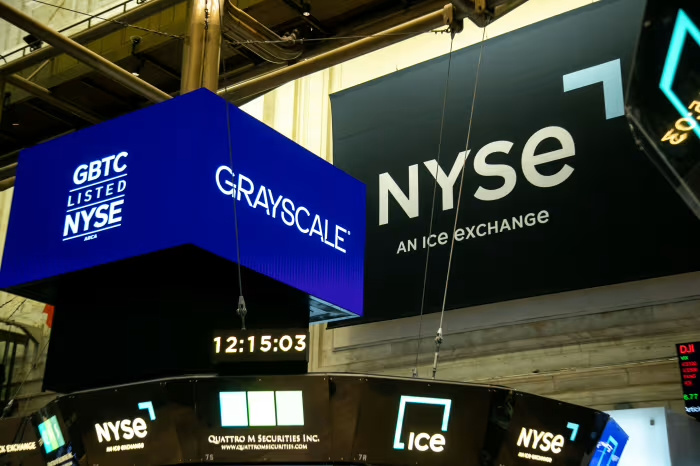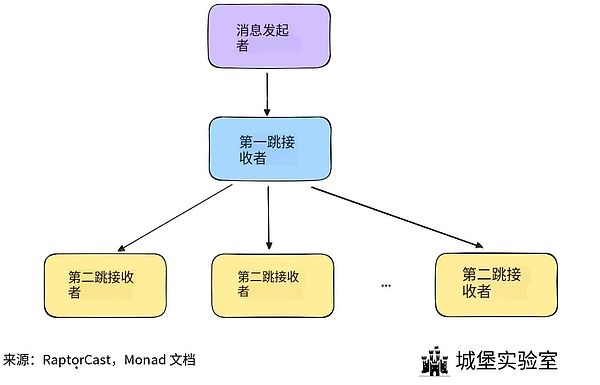Kusama Asset Center migration completed: REVM coming soon, Super Center Polkadot Hub loading!

On October 7, 2025, the Kusama network officially completed the migration of the Asset Hub. This is not just a routine technical update, but an important milestone in the evolution of the Polkadot ecosystem architecture. The Relay Chain has finally shifted from being an “all-powerful brain” to focusing on its core functions, while the Asset Hub has become the new functional hub.
What is Asset Hub?
Asset Hub is a system parachain for assets, governance, smart contracts, cross-chain, and Polkadot interactions. It operates its own blocks and logic independently, mainly used for creating, managing, and trading various digital assets within the ecosystem (including fungible tokens and NFTs).
However, unlike a completely independent public chain, the security of Asset Hub is provided by the main Relay Chain, just like other parachains/rollups in the Polkadot ecosystem. It acts like a tenant, renting the unified security provided by the Polkadot/Kusama network, without the need to maintain its own set of validator nodes.
Asset Hub is also regarded as a “Common Good Chain,” an indispensable infrastructure for the entire ecosystem.
Why migrate?
The core goal of the migration is to “lighten the load” of the Relay Chain and “accelerate” the ecosystem.
The core mission of the Relay Chain is to provide unified security and cross-chain interoperability for the entire Polkadot/Kusama ecosystem.
Before the migration, frequent and resource-intensive operations such as staking, governance, and account balance management all ran on the Relay Chain. Migrating these daily functions out allows the Relay Chain to focus on its most critical tasks (security and interoperability), thereby improving the stability and scalability of the entire network.
This aligns with Polkadot’s long-term architectural vision: “All functions should run on parachains.”
Is asset migration a “move” or a “mirror”?
Many users ask: How do I migrate my assets on the Relay Chain? Are they “copied” to the new chain?
Previously, most cross-chain asset transfers involved locking native assets on one chain and then creating an equivalent amount of “wrapped” or “derivative” assets on another chain. The original assets were not moved, just temporarily locked. This migration is not a simple asset “mapping,” but a complete “state migration.”
This is like “moving house,” transferring assets, account states, and related functional logic completely from the old system (Relay Chain) to the new system (Asset Hub). After the migration is complete, these functions and data will no longer exist on the old system.
But some users reported that they could not find their KSM balance in their wallets?
This is the most common concern (actually a misunderstanding). After the migration, some wallets (such as Trust Wallet) have not yet updated to the new Kusama Asset Hub endpoint, so they display a “zero balance.” In fact, your assets are still safely stored on the chain. As long as the wallet or block explorer is upgraded to the new node address (endpoint), the assets will be displayed automatically.
In addition, PolkaWorld also reminds everyone to beware of fake account scams recently! Kusama Asset Hub has been successfully migrated, and users do not need to perform any manual operations to retrieve funds. Recently, there have been accounts impersonating “Polkadot administrators” posting tutorials or links on “retrieving Kusama funds.” Please note that these are all fake and have nothing to do with the official team! Never click on suspicious links, and never provide your mnemonic phrase or private key to anyone.
Direct benefits after migration
Migrating functions to the asset hub, which is specifically designed for asset management, brings a series of significant improvements directly to users and developers:
1. Lower transaction costs
- Significantly reduced transaction fees: After the migration, transaction fees on Kusama have dropped by about 5 times. For the upcoming Polkadot network migration, fees are expected to drop by more than 10 times.
- Lower minimum balance threshold: The minimum balance required to hold assets (i.e., “existential deposit”) has been greatly reduced. For example, on Polkadot, this threshold will drop from 1 DOT to 0.01 DOT, a 100-fold reduction, allowing more users to participate in the network.
2. Better user experience
- Unified operation platform: Users can seamlessly manage KSM/DOT, stablecoins (such as USDT/USDC), various ecosystem tokens, staking, and governance voting all in one place at the Asset Hub, without switching between different chains, greatly simplifying operations.
- Flexible fee payment: Users can use any token supported by the Asset Hub to pay transaction fees, no longer limited to KSM or DOT.
3. Greater scalability
- Extensive asset support: Unlike the Relay Chain, which only supports native tokens, the Asset Hub can natively support and manage a variety of assets, including NFTs, stablecoins, and tokens from other parachains.
- Simplified cross-chain interaction: As a unified asset platform, the Asset Hub greatly simplifies the process of asset transfer and interaction between different chains.
Why is this step so critical for REVM?
The migration of the Asset Hub is not just a “move,” but also creates the prerequisites for the upcoming REVM (Revolutionary EVM) integration.
REVM is a fully Ethereum-compatible virtual machine execution environment, allowing developers to use Ethereum tools such as Solidity, Hardhat, and Truffle to deploy smart contracts directly on Polkadot/Kusama.
To ensure smooth operation of REVM, two conditions must be met:
1. A high-performance, low-fee execution environment;
2. A stable asset management system.
As a powerful smart contract execution environment, REVM will bring a large amount of computational demand. If it were deployed directly on the already busy Relay Chain, it would cause network congestion and performance degradation. Asset Hub is optimized specifically for assets and complex operations, with significantly reduced transaction fees, making the deployment and operation of smart contracts (especially DeFi applications) more economically viable and competitive.
The “purification” of the Relay Chain’s functions allows it to focus solely on network-wide security and consensus. At the same time, the Asset Hub is built as a multifunctional platform integrating asset management, trading, and smart contract execution. This also aligns with Polkadot’s strategic blueprint to create an ecosystem that is highly attractive to both developers and users.
Future outlook
The migration of Kusama is just the beginning. According to Parity’s roadmap:
Late October 2025: Kusama Asset Hub will be the first to integrate REVM;
November 4, 2025: Polkadot mainnet launches Asset Hub migration;
Mid-December 2025: Polkadot Asset Hub goes live with REVM.
Polkadot’s goal is to build Asset Hub into a super “Polkadot Hub” that integrates assets, staking, governance, and smart contracts.
About the author
PaperMoon is an innovative company focused on enhancing the Web3 developer experience and is also an important member of the Polkadot Decentralized Future Program. The company has built a comprehensive service system aimed at providing all-round support for Web3 projects: covering the writing of high-quality technical documentation, production of educational content in various forms such as videos and blogs, and providing developers with direct and efficient support through online forums and offline meetups. Its mission is to simplify the process of building applications on blockchain platforms and inject continuous vitality into the ever-growing Web3 ecosystem.
Disclaimer: The content of this article solely reflects the author's opinion and does not represent the platform in any capacity. This article is not intended to serve as a reference for making investment decisions.
You may also like
Grayscale, which once confronted the SEC, is about to be listed on the New York Stock Exchange
Since the launch of GBTC in 2013, Grayscale's assets under management have exceeded $35 billion.

Monad Ecosystem Guide: Everything You Can Do After Mainnet Launch
Enter the Monad Arena.

Comprehensive Data Analysis: BTC Falls Below the Critical $100,000 Level—Is the Bull Market Really Over?
Even if bitcoin is indeed in a bear market right now, this bear market may not last long.

Options exchange Cboe enters the prediction market, focusing on financial and economic events
Options market leader Cboe has announced its entry into the prediction market. Rather than following the sports trend, it is firmly committed to a financially stable path and plans to launch its own products linked to financial outcomes and economic events.
